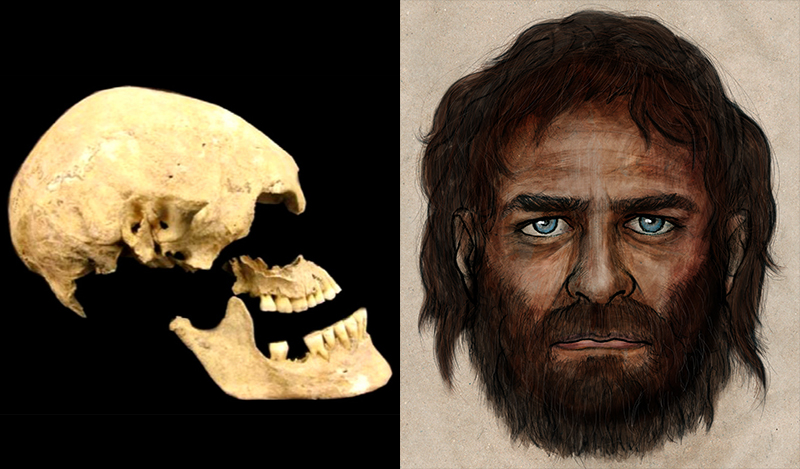What comes to your mind when you hear the word “Europeans”? Your answer might be white-skinned, pretty, tall people. Studies show that traits like pale skin, tallness, and ability to digest milk in adults have arrived in the recent past. Is the white skin color only an environmental impact? Can an African develop pale white skin like a European after living in Europe for a few years? These are the few questions I would be addressing in this article.
The white skin color in Europeans is a classic example of Charles Darwin’s theory of Natural selection.
Natural selection is a process whereby organisms better adapted to their environment tend to survive and produce offsprings. The theory of its action was first fully expounded by Charles Darwin. It is the process that causes evolution.
The American Association of Physical Anthropologists showed dramatic evidence of evolution in Europe in the past 8000 years. Researchers sequenced the genomes of the ancient population. They compared the key parts of the DNA across the genome of 83 ancient Europeans obtained from the archaeological sites with modern Europeans. Researchers reported that present-day Europeans are blending of three ancient populations of hunter-gatherers and farmers. The study reveals the massive migration of Yamnaya Herders from Steppes, north of the Black Sea, leading to the origin of Indo-European languages.
GENES AND ENVIRONMENT BEING THE KEY PLAYERS

- Computational techniques used to reconstruct the ancient Europian model. (credits: phys.org)
Researchers were in search of genes that were under strong natural selection and could rapidly spread throughout Europe within 8000 years. Comparing ancient European genomes with the genomes of the modern Europeans, a postdoc student named Mathieson of Harvard University discovered five genes associated with changes in diet and skin pigmentation that were under strong Natural Selection. Reports confirmed that the ancient hunter-gatherers were not able to digest the sugars in milk. On the other hand, the farmers were not able to digest milk. The Yamnaya pastoralists lacked LCT genes that are essential for the digestion of milk. It was only around 4300 years ago that Lactose tolerance flourished.

- The Yamnaya Herders: Ancestors of present-day Europeans (credits: Sci-news.org)
Three separate genes are involved in light and pale skin. Lots of evidence prove the origin of humans from Africa. Most ancient fossil records of humans are discovered from Africa which is the place of origin from where they migrated to different parts of the world. The ancient Africans who settled in Europe about 40,000 years ago to settle were dark-skinned. The dark skin color proved to be an advantage to save themselves from the direct rays of the sun. The ancestral Europeans who were hunter-gatherers were dark-skinned. They lacked two genes SLC24A5 and SLC45A2 that laid to depigmentation and pale skin color. These two genes are present today in Europeans. In the northern part of Europe, the low sunlight intensity favors pale skin. The presence of light skin variant SLC24A5 genes in the ancestral hunter-gatherers is proven.
Seven fossil records collected from 7700 years old Motala archaeological site showed the presence of light skin variant genes. They had a third gene controlling blue eye color, blond hair, and pale skin color. The ancestral hunter-gatherers of the far north were pale-skinned and blue-eyed in contrast to the central and south Europeans who had darker skin. Then farmers from near east entered Europe. They carried genes for light skin color. They interbred with the indigenous hunter-gatherers causing the gene to spread across Europe.

Height is a complex character regulated by the interaction of several genes(more scientific to say polygenic inheritance). Natural selection favored several gene variants for tallness. The Yamnaya migrants have the highest genetic potential for being tall.
The most appropriate explanation for the natural selection of pigmentation genes is to maximize Vitamin D synthesis. People living in northern latitudes often do not get proper exposure to U.V radiations to synthesize Vitamin D. Thus, natural selection favored pale skin over time as a solution. Pale skin can absorb U.V light more efficiently, can favor lactose tolerance enabling digestion of sugars and Vitamin D found naturally in milk. Finally, I would like to conclude by saying that the environment and diet play an important role in shaping genetic potential.

